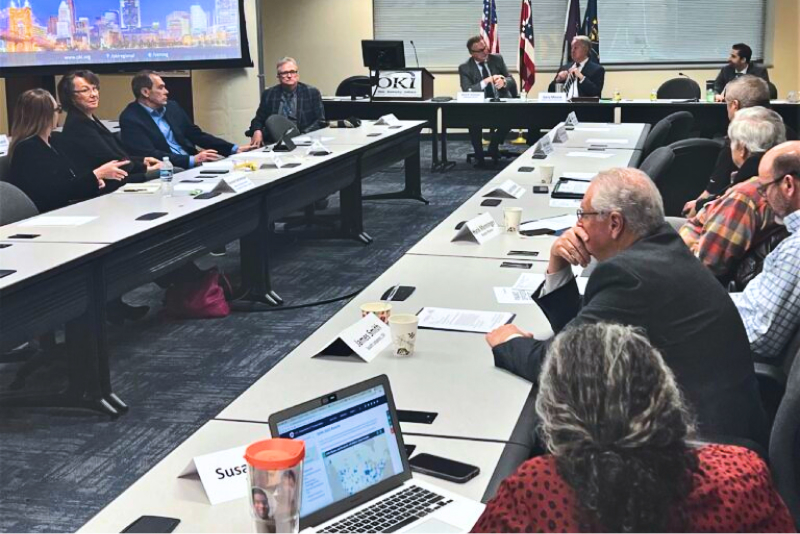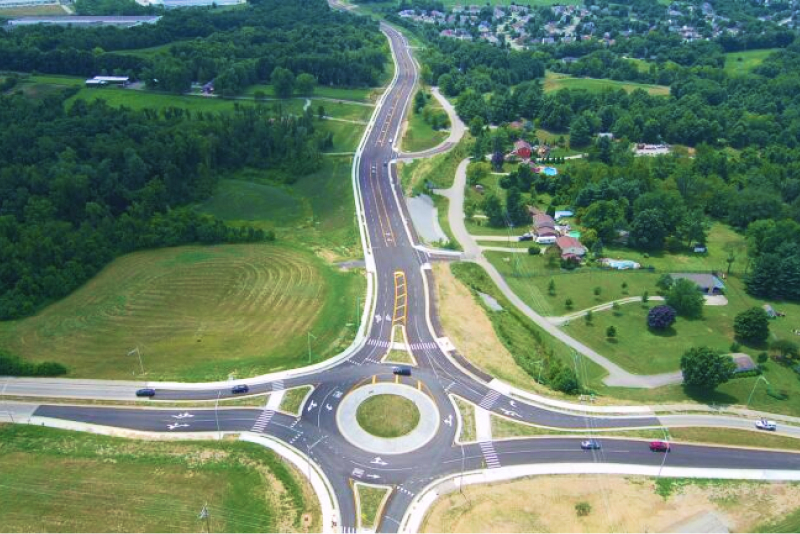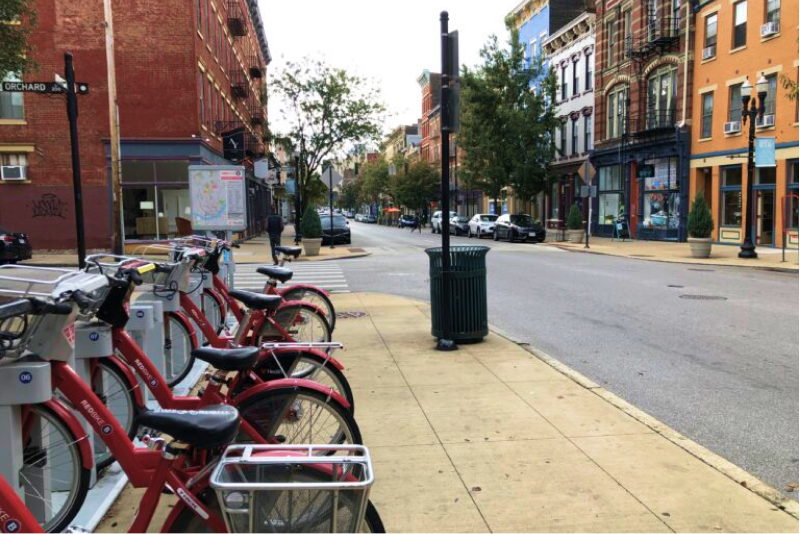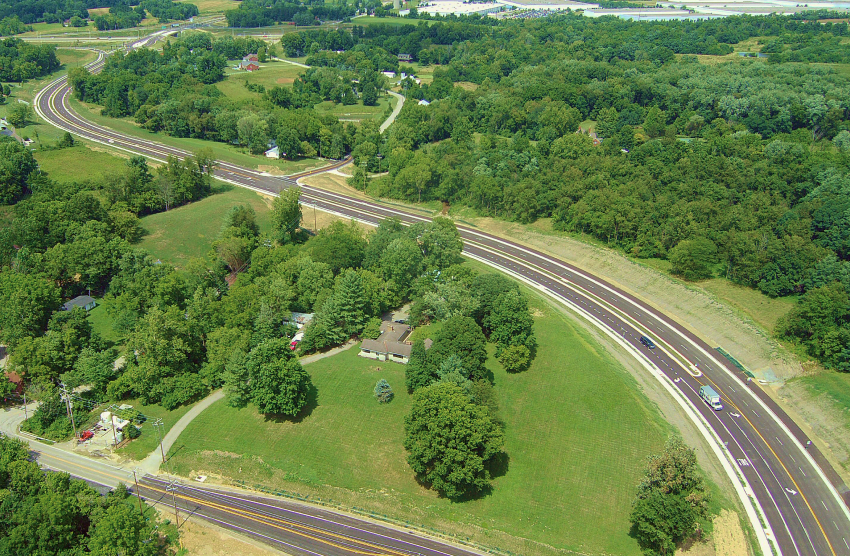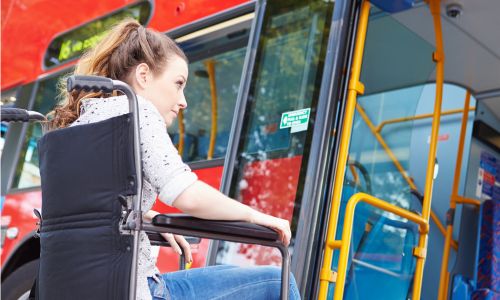Overview
OKI seeks public participation as a means of developing effective solutions that can be implemented to address regional issues and needs. To develop solutions that account for the region’s diversity, OKI seeks participation from a broad expanse of its geographic region, as well as the many sectors of its population. Our Participation Plan is designed to achieve these objectives.
OKI, as a public agency that receives federal funds and makes recommendations on federal spending, is bound by participation requirements for ensuring that federal funds are used fairly and without discrimination.
Update to Public Participation Plan
In 2022, OKI updated our Public Participation Plan to further develop effective solutions to regional issues and needs. The plan included these updates:
- Processes and procedures for conducting video or teleconferencing events. This blended effort uses both in-person outreach and virtual public involvement (VPI) approaches, when appropriate.
- New criteria for defining communities with high concentrations of populations for low-income, elderly, individuals with disabilities, and zero-car households. As a two-step process, the definition of target groups and areas first involves identifying the general distribution of each of these populations. Second, where each group is most concentrated is defined. Where the concentration of a select group meets (or exceeds) 50 percent of the regional average and has a population of more than 250 individuals — the population is considered to be part of a target group and area.
Plan’s four distinct but related elements:
Element 1
Presents a policy and process for involvement including focused special efforts to involve select populations
Element 2
Describes a process for defining the population groups and areas in the OKI region to be a focus for outreach processes and procedures
Element 3
Describes a process for assessing the equity of transportation investments on behalf select populations
Element 4
Lists the initiatives that OKI will implement to support the plan
Role of OKI’s Participation Plan
OKI has had an active public participation process for years
Fixing America’s Surface Transportation Act (FAST Act) planning regulations require an expanded participation approach. This includes public/community outreach and consultations with agencies at all levels.
OKI has adopted the FAST Act language that refers to this document as the OKI Participation Plan. The plan is an expansion of the previous OKI Policy for Environmental Justice. It clarifies the outreach process for the various planning processes and plans, such as the Metropolitan Transportation Plan; Transportation Improvement Plan (TIP); and Corridor and Special Studies Plans.
The plan highlights the provisions for public meetings. It also provides maps identifying populations for low-income, elderly, individuals with disabilities, and zero-car households — showing where there is the greatest concentration of these groups.
Working with state and federal planning partners, OKI continues to identify the appropriate level of public participation, depending on project type and level of modification for both the TIP and the Participation Plan. The plan is updated at least every four years.
History of Public Participation
In 1994, President Bill Clinton issued Executive Order 12898 (E.O. 12898) to ensure that federal funds are used fairly and without discrimination.
In 2003, OKI adopted a policy for Environmental Justice that has since been incorporated into the OKI Participation Plan. This policy expands OKI’s efforts to involve the public in its transportation decision-making.
The policy enhances OKI’s outreach efforts, particularly for low-income population groups, the elderly, individuals with disabilities and zero-car households. In support of our policy, OKI established an EJ Advisory Committee in 2000. This was incorporated into the Community Advisory Committee in 2025.
Title VI Addresses Which Groups?
Title VI of the Civil Rights Act prohibits discrimination on the basis of race, color, or national origin.
DOT Order 5610.2(a) and E.O. 12898 listed persons belonging to the following populations: minority and low-income groups. The elderly population and people with disabilities were included in FAST Act, but they are not required to be addressed under these provisions.
Zero-Car households are a logical and reasonable extension of these provisions. By virtue of OKI’s commitment to the intent of these provisions, OKI follows Title VI and continues to expand its transportation planning process to specifically consider select population groups: low-income, elderly, people with disabilities and zero-car households.
How Does Public Participation Improve Decision Making?
Public participation should be integrated into every transportation decision — from the first thought about a transportation plan to post-construction operations and maintenance. Properly implemented, these principles and procedures improve all levels of transportation decision making. This approach will:
- Result in better transportation decisions that meet the needs of all people
- Facilitate the design of transportation facilities that fit more harmoniously into communities
- Enhance the public participation process; strengthen community-based partnerships; and provide low-income, elderly, people with disabilities and zero-car households with opportunities to learn about and improve the quality and usefulness of transportation in their lives
- Improve data collection, monitoring, and analysis tools that assess the needs of and analyze the potential impacts the select groups
- Enable OKI to partner with other public and private programs to leverage transportation-agency resources, thus achieve a common vision for communities
- Help avoid disproportionately high and adverse impacts on populations of the elderly and persons with low-income, disabilities and zero-car
